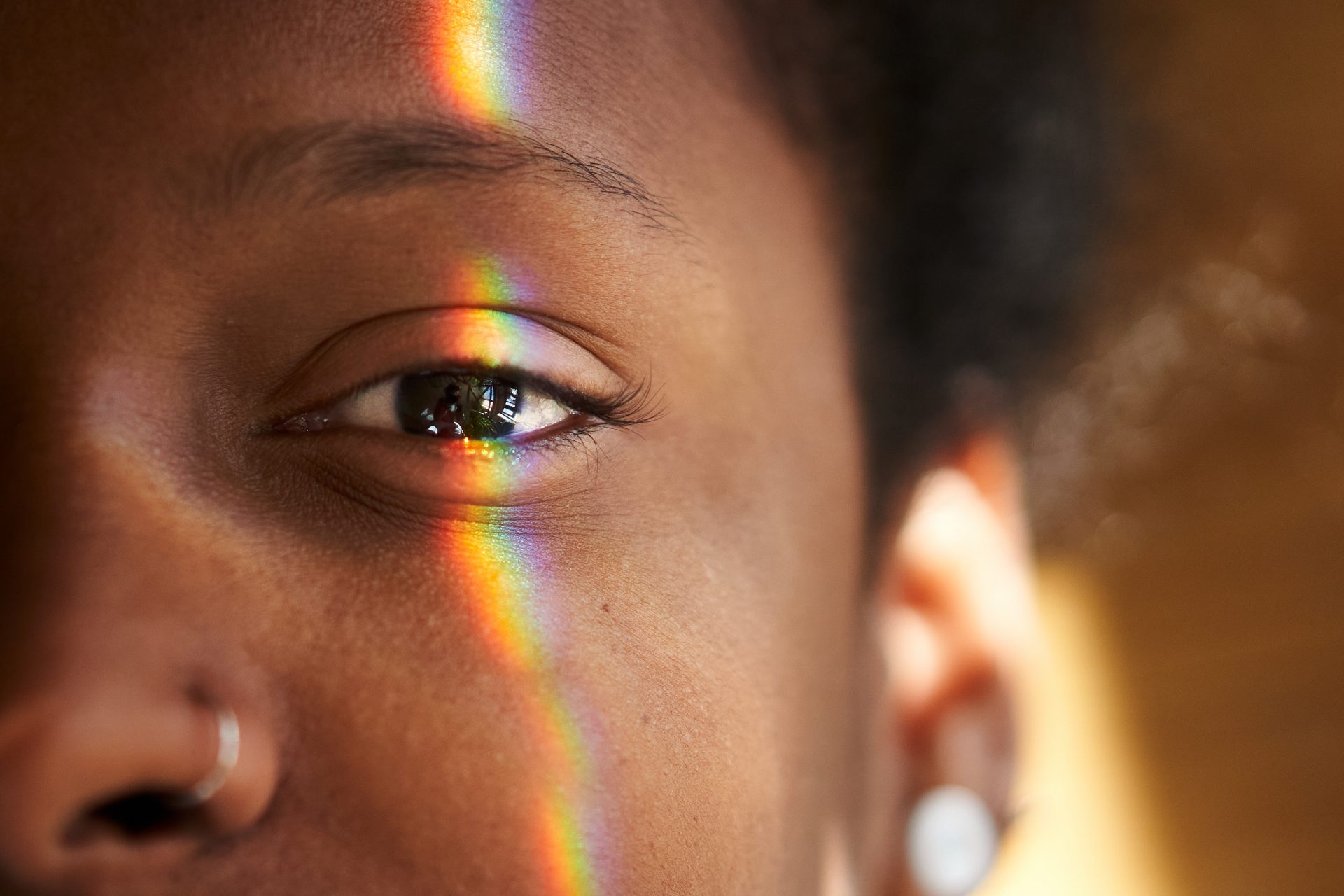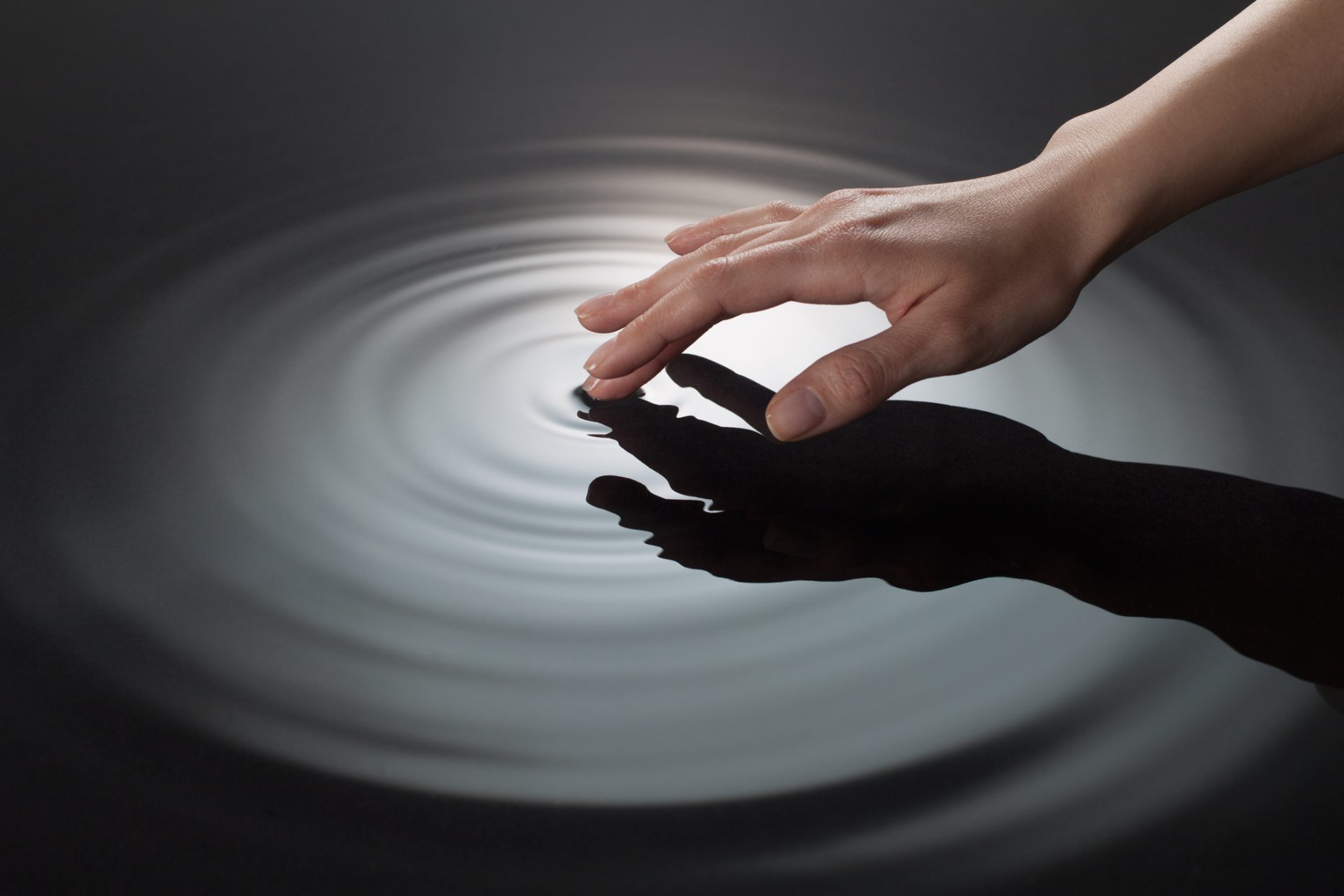Ever felt like you have a sixth sense? You actually have many more
Since we were children, we have been taught that there are five senses: sight, smell, taste, hearing, and touch. However, recent studies tell us we can perceive much more.
Some specialists even mentioned up to 28 additional senses besides the five we know. Here are the ten most commonly mentioned.
The five senses we all know are exteroceptors, as they allow us to use physical sensations, while the interoceptors capture situations or sensations within us.
It allows us to feel our internal body temperature, such as when we have a fever.
It is the sense of heat or its absence in the skin.
It helps us perceive the weight and pressure particular objects exert on our bodies. A plastic bracelet does not “weigh” like a solid gold watch on our wrists.
It is how we perceive pain from the skin, joints, and body organs.
It is also called body awareness. It provides us with unconscious knowledge about where each body part is without having to see or touch it.
It is the perception of balance and the position of the parts of the body in the space we occupy.
It refers to sensations transmitted from all body points to the nervous system, particularly the perception of movement.
Not all humans have developed this sense, perhaps the most enigmatic. It refers to the connection between senses, for example, being able to smell a color.
It is the sense of balance within our ears. This sense perceives dizziness and is responsible for our balance.
It is the ability to feel each of our organs. It allows us to perceive our heart rate, thirst, hunger, sexual arousal, or nausea.
It refers to the general sensation of the body's existence. However, it cannot locate the parts of the body as proprioception.
They claim that these little-studied senses allow us to perceive the interiority of another person (for example, other people's thoughts).
Since 2013, scientists have used several methods to identify more senses. Researchers now use a more holistic approach to studying the interaction and overlap of sensations.
More for you
Top Stories





























